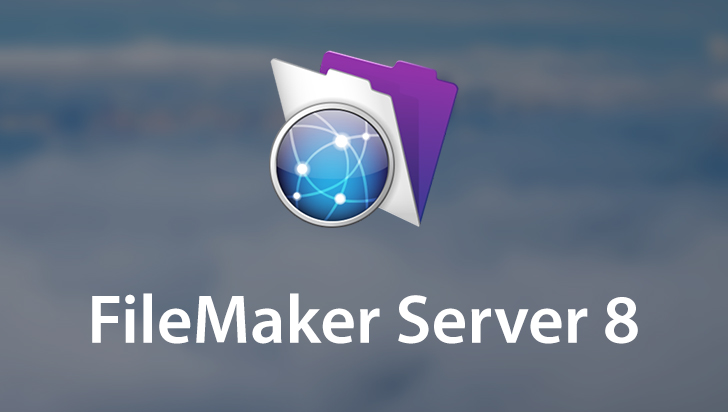FileMaker Server 9 Course
This Course can only be played using a subscription. You can play only first 3 chapters for free. Click Here to avail a subscription
This tutorial unlocks the mysteries of FileMaker Server and explains how to configure and administrate on both Windows and Macintosh platforms. Several special introductory sections explain FileMaker Server's role in providing security for FileMaker Pro files, new features in FileMaker Server 9, and various deployment options. The concluding sections of the tutorial provides users with best practices for effective and correct deployment of FileMaker Server. To begin learning, simply click on one of the movie links.
I'm Steven H. Blackwell, FileMaker Business Alliance Platinum Member and I will be your instructor for this new series of movies in the tutorial on FileMaker Server 9. In this movie, I want to tell you what will be covered in this tutorial. We will talk about what is FileMaker Server and why we should use it. It is a software designed to allow multiple simultaneous control connections to FileMaker Pro databases by a variety of different client sources including FileMaker Pro and FileMaker Pro Advanced versions 7, 8, 8.5 and 9 running on Macintosh OS X, Windows XP Pro and Windows Vista operating systems. It also allows Instant Web Publishing connectivity from browsers, such as IIS6, IIS7, Safari 2 and Firefox 1.5. It also allows for custom Web Publishing connections from these same modern web browsers, as well as providing some support for earlier browser versions. It can utilize a variety of technologies, including XML, XML and XSLT, PHP. In addition, when using FileMaker Server 9 Advanced, ODBC connectivity can occur to the hosted databases. This allows FileMaker Pro to be a data source for ODBC connectivity and by use of the FM.net classes, users can open interaction between .net applications and FileMaker Pro files posted by FileMaker Server. We'll talk about FileMaker Server's role in security, a very important role, including the preservation of data integrity and data availability and the authentication of users, both by standalone FileMaker Server and by FileMaker Server in conjunction with active directory on Windows or open directory on Macintosh OS X. We'll talk about what's new in version 9, including a different segmentation of features between FileMaker Server 9 and FileMaker Server 9 Advanced than was the case in the past. We'll talk about the Uniform administration console, which is the largest change and difference between FileMaker Server 9 and earlier versions. We'll also talk about the introduction of server-side scripting. We'll talk about the installation of FileMaker Server 9 and FileMaker Server 9 Advanced, including the concept of the master server and the worker server, a concept introduced in version 9. We'll talk about the various options for installations, including the all on one, the one in two or two in one configuration and the three separate server configuration. We'll also talk about the configuration on Windows Server 2003 and Macintosh OS X Server, the differences between the two platforms, items related to security, default folders and directories, logging and Web Publishing. In addition, we'll talk about administration as well as configuration on Windows Server 2003 and Macintosh OS X Server, including differences between the two platforms, client configuration, database configuration, scripts and schedules, backups and statistics and logs. We'll have an extensive discussion of best practices for FileMaker Server deployment, including the use of dedicated hardware, hard drive sub-system configuration, operating system options, the correct operating environment, processors, NIC cards, memory, cache configuration, network typology, the use of switches versus hubs, use of 10, 100 and 1,000-based internet, UPS, uninterruptable power supplies, heat, humidity and dirt and their effect on FileMaker Server hardware and the need for a secure physical environment for the deployment of FileMaker Server. We'll continue our extensive discussion of best practices by talking about backups, including how to make them and equally as important, how not to make them. We'll talk about logs including the types of logs that FileMaker Server generates and how to read these logs. These logs provide important diagnostic and forensic information for the proper administration of FileMaker Server, as well as for troubleshooting errors. So to review just briefly, in this movie we've taken a look at some of the matters that will be covered and discussed in this tutorial on FileMaker Server 9.
- Course: FileMaker Server 9
- Author: Steven H. Blackwell
- SKU: 33886
- ISBN: 1-934743-73-9
- Work Files: No
- Captions: No
- Subject: Databases
- The first 3 chapters of courses are available to play for FREE (first chapter only for QuickStart! and MasterClass! courses). Just click on the movie link to play a lesson.
